Property Geek
We provide the actual and accurate information with unbiased user driven reviews to our viewers, to help them see the best and find the best!
View posts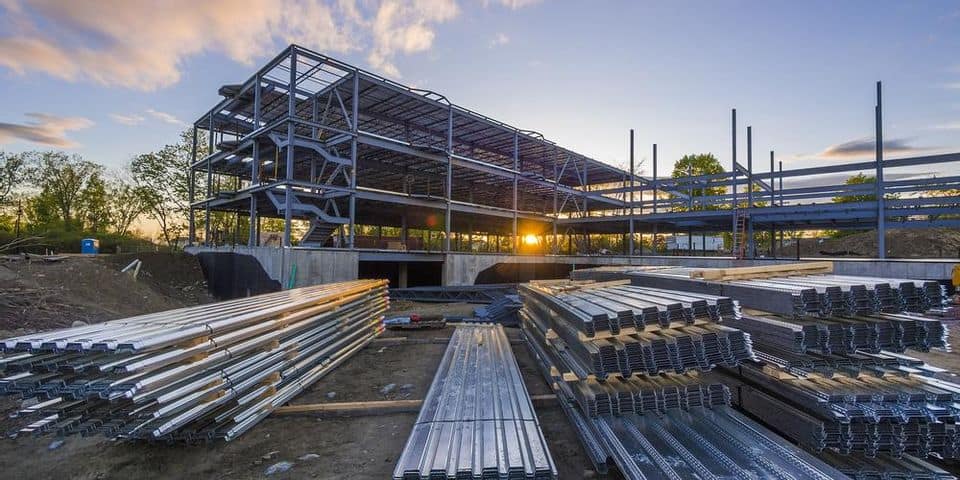
Steel is one of the most commonly used materials in construction. Why? Because the cost-effectiveness of steel, coupled with its strength, durability, and sustainability has made it a preferred choice for engineers.
There are different types of steel, each with its own set of properties and characteristics. Read on as we discuss the different types of steel and their applications.
Steel has a unique set of characteristics that make it an excellent building material. Steel has a number of distinct advantages over other construction materials, including the following:
But there are different types of steel used in construction, each having its distinct composition and application. Here are the four most commonly used types of steel:
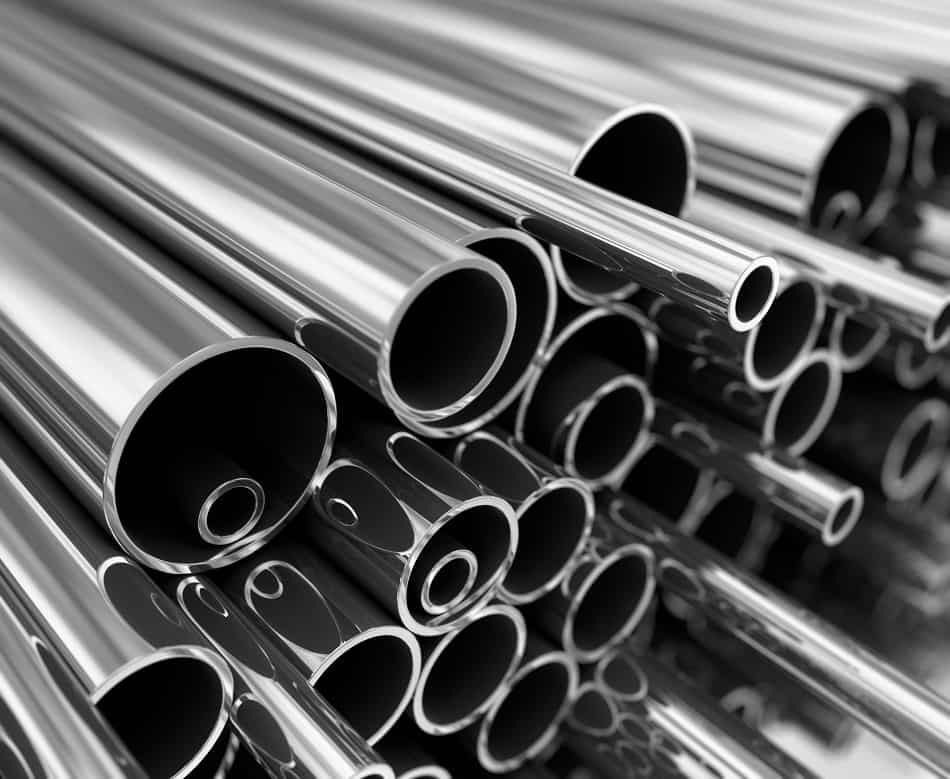
Carbon steel is an alloy that combines carbon and iron in defined composition. Steel can get harder and stronger by heat-treating as the carbon percentage concentration increases, but it becomes less ductile.
A larger carbon concentration reduces weldability regardless of heat treatment. The melting point of carbon steels decreases as the carbon content increases.
According to industry standards, carbon steel must qualify the following conditions:
Steels that have less than 0.4 percent steel or copper with specified proportions of copper to magnesium may also be referred to as carbon steel. However, these definitions are disputed across various industries. In this blog, we’ll focus on the two points mentioned above.
Carbon steels are divided into three categories, based on the proportion of carbon content:
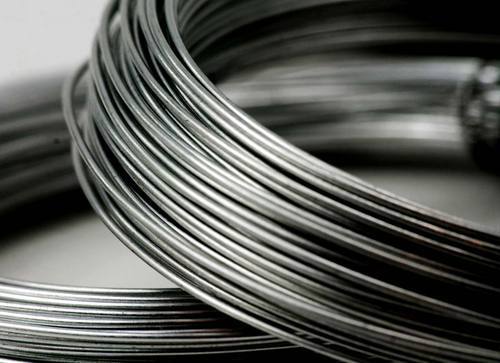
Low carbon steel, also referred to as “simple carbon steel” or “mild carbon steel, is a type of carbon steel with a carbon content of less than 0.30 percent.
This is the most common type of steel for a number of reasons.
The low carbon steels also have various applications, such as:
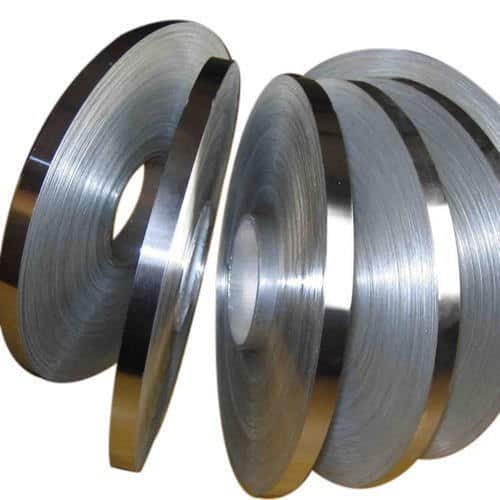
Carbon steels with a carbon content of 0.31 percent to 0.60 percent and a magnesium concentration of 0.31 percent to 1.60 percent are classified as medium carbon steels. The strength of this type of steel is one of its most significant advantages.
However, there are certain drawbacks to this. Reduced ductility and hardness make medium carbon steel more complicated to shape and weld.
The medium carbon steel also has various applications, such as:
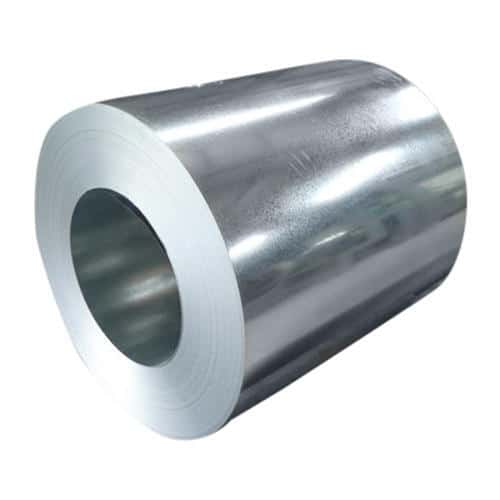
Carbon steels with a carbon content of 0.61 percent to 1.50 percent and a magnesium concentration of 0.31 to 0.90 percent are classified as high carbon steels. This type of steel is the carbon steel of choice when it comes to hardness and toughness. However, there is a cost associated with this. Welding, cutting, and forming high carbon steel is extremely challenging.
The high carbon steel also has various applications, such as:
|
Parameter |
Low carbon steel |
Medium carbon steel |
High carbon steel |
|
Strength |
Mild |
Medium |
High |
|
Ductility |
High |
Medium |
Low |
|
Weldability |
High |
Medium |
Reduced |
|
Toughness |
Very high |
Average |
High |
|
Machinability |
High |
Average |
Low |
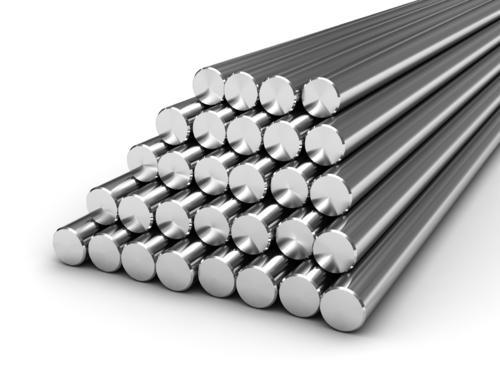
The next type of steel on our list is stainless steel. Stainless steel is characterized by its minimum chromium concentration of 10.5 percent, whereas carbon steel is normally classified by its carbon content.
One of the most significant advantages of this type of steel is that it resists oxidation, which destroys metals with the passage of time. Stainless steel is also distinguished by its lustre, which is a chromium-based feature. Stainless steel is commonly used in cookware, utensils, and medical apparatus.
Stainless steel comes in a variety of varieties, each with its own market value and features.
The most prevalent forms of stainless steel are austenitic stainless steel alloys. They are oxidation-resistant, have a distinct appearance, and are not magnetic.
There are two varieties of austenitic alloys that are commonly used:
Another stainless type of steel alloy is ferritic stainless steel. They are magnetic, allowing them to be used in situations where the magnetic property is required.
Owing to their low nickel concentration, these stainless steel alloys are usually the most affordable.
There are two varieties of ferritic alloys:
Grade 430
The martensitic stainless steel alloys are not as popular as the two other types of stainless steel alloys. These have extraordinary hardness and strength, however, their oxidation properties are low, therefore they’re only good for users that demand extreme toughness.
There is just one type of martensitic alloy, that is Grade 420.
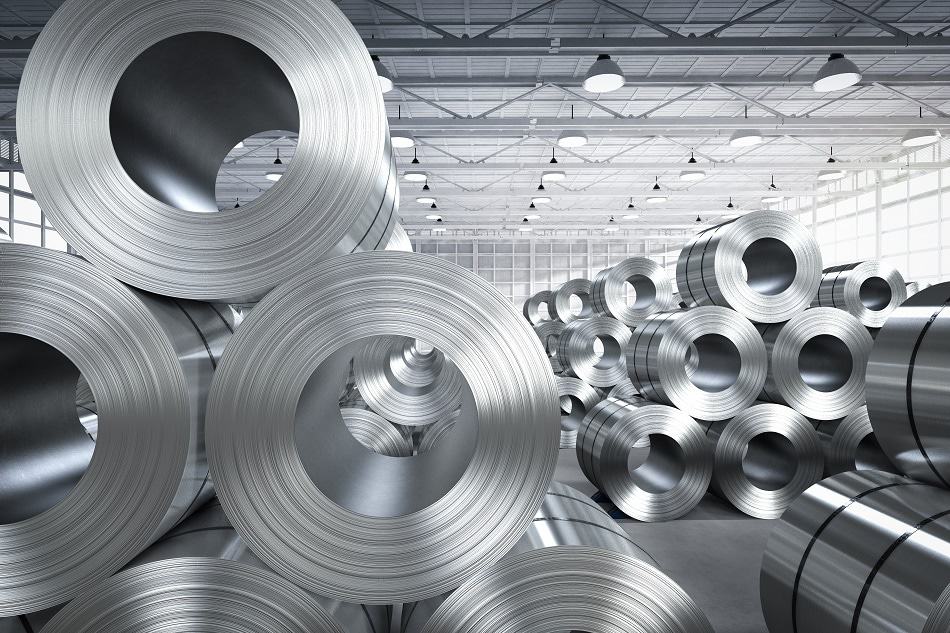
Alloy steels comprise the broadest and most diversified spectrum of alloyed steels. These are manufactured by mixing carbon steel with a variety of alloying components to give each steel its own set of qualities.
There are many different alloy steel, but here are a few of the common ones:
Because alloy steels come in such a wide range of properties, you can make steels with practically any property you can think of. Nonetheless, several of these types of steel are comparatively costly.
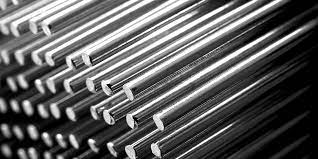
Tooling steels are the last type of steel. These steels are used in tooling, for example, drilling, which is a crucial aspect of the construction business.
Tooling steels are resistant to heat, robust, and strong, and are commonly made of molybdenum, vanadium, tungsten, and cobalt.
Tool steel is divided into six grades:
We have discussed four different types of steel, but which is the best type of steel for construction? There is no right answer to this question.
The best steel depends on the nature of the construction and the project itself. This is so, as each type of steel comes with its own set of properties and characteristics.
Thus, to make sure that the right type of steel is used for construction, it’s crucial to examine the requirements of the project.
There are over 3,500 different classes of steel, according to the World Steel Association, each with its own set of physical, chemical, and environmental qualities.
Steel is divided into four categories by authorities: Carbon, Alloy, Stainless, and Tool.
Low carbon steel (also referred to as “mild carbon steel” or “simple carbon steel”) is a type of carbon steel with a carbon content of less than 0.30 percent.